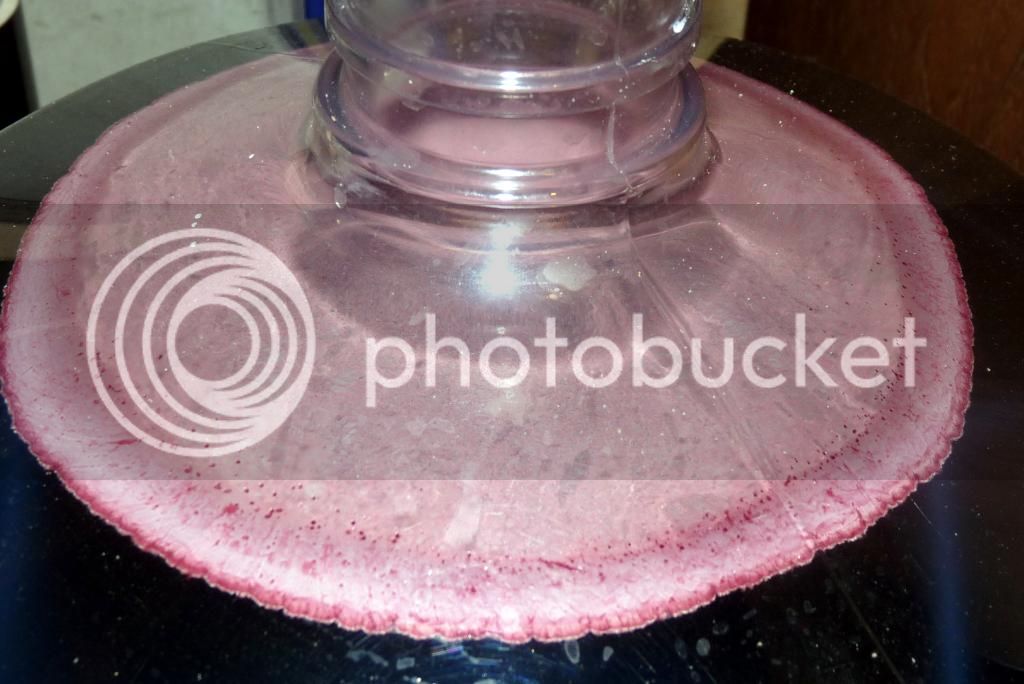vinividivici
Senior Member
- Joined
- Aug 15, 2010
- Messages
- 314
- Reaction score
- 2
My 6 gallon juice bucket of Carmenere went volcanic on the second day of fermentation.
I made a yeast slurry with Lalvin RC-212 at the proper temp, let it sit for 15 minutes, and then stirred the foam. It was pitched into the bucket, which I had previously added yeast nutrient to.
When I checked it on the morning of the second day, it had foamed through the airlock and the sides of the screw top ( I left it on loosely).
I had to mop up wine from the floor.
The initial SG was 1.090 and my reading today is .990. Should I rack everything out of the bucket for a secondary fermentation with the SG that low?

I made a yeast slurry with Lalvin RC-212 at the proper temp, let it sit for 15 minutes, and then stirred the foam. It was pitched into the bucket, which I had previously added yeast nutrient to.
When I checked it on the morning of the second day, it had foamed through the airlock and the sides of the screw top ( I left it on loosely).
I had to mop up wine from the floor.
The initial SG was 1.090 and my reading today is .990. Should I rack everything out of the bucket for a secondary fermentation with the SG that low?








